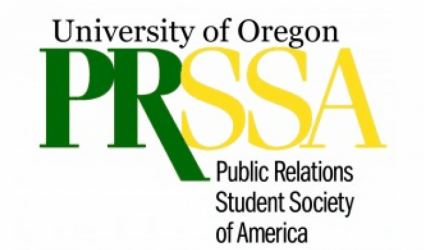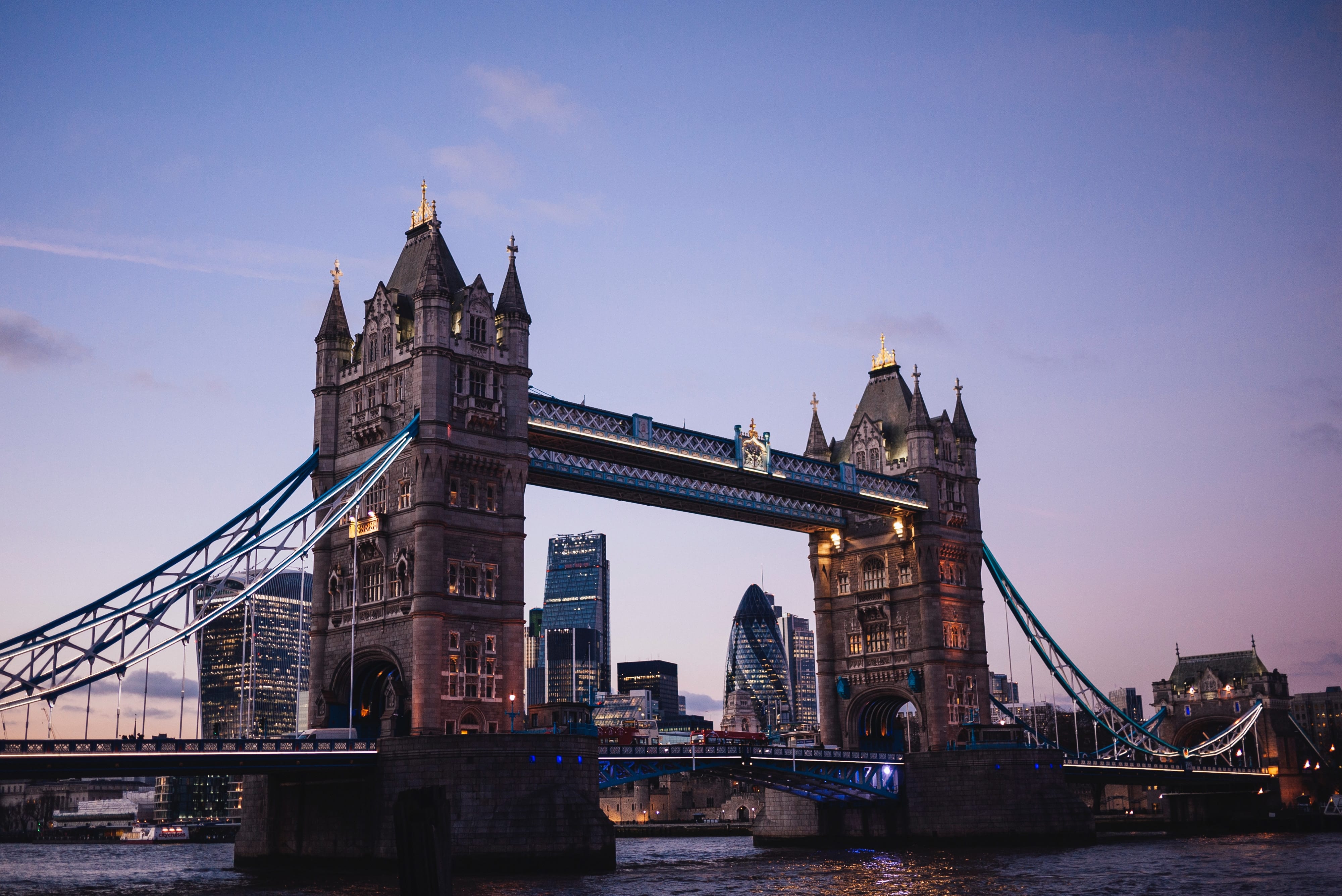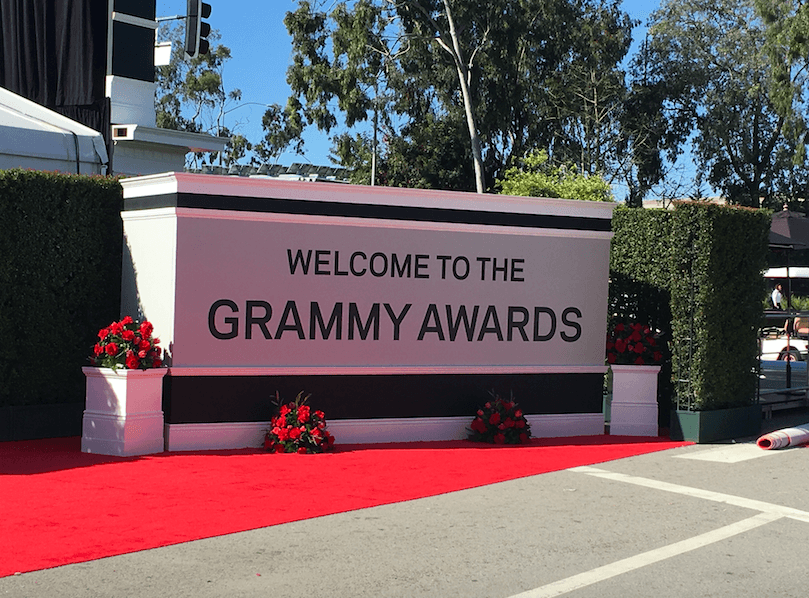By Kate Templeton
When opportunity knocks, I usually go for it. During the recent campus election, I served as the communications director for United UO, a student government political party platform. While I had no prior experience in public affairs, I decided to give it a try. In this role, I was responsible for creating, implementing and managing the campaign’s social media messaging and communication strategy. I also played a key role in communicating with student journalists and effectively developing strategies for a variety of crisis communication situations. Through this position I was able to gain experience and insight into the world of public relations for a political campaign.
Crisis Communication is Real
In our PR classes, we learn about different crisis communication situations by analyzing case studies. However, managing an actual crisis is very different when the situation is real. When a crisis came up during our campaign, I had to make quick decisions and use my best judgment to handle it. I learned how to stay calm in difficult situations and how to evaluate and execute new communication strategies during a crisis.
Pay Attention
Politics can be a controversial, stressful and fast-paced. With the ever-changing public opinions and media reports, it is important for PR professionals working in public affairs to scan for potential issues and think quickly on their feet. During this experience, it became clear how necessary it was to pay attention. I felt myself constantly checking on the status of both my campaign and my opponents, while also paying close attention to what was being said by the public and the press.
Be Prepared for Change
It is crucial to accept you may need to change your PR strategy and plan. I drafted and designed very detailed social media posts that did not end up being used. On several occasions, I had to delay a scheduled post to counter a statement made against my platform. While it was disappointing not to use the work I created, our strategy changed so my posts needed to shift as well.
It’s Challenging but Rewarding
There’s no manual how to successfully run a social media communications campaign for a student government political platform (at least I don’t think there is). I was constantly challenged but had the opportunity to put strategic communication decisions into practice. It was also exciting to see people interact with my posts and receive high numbers of engagement. It was a joy to support a project that could make a difference in the community.
The communications director position was a completely new experience for me. It enabled me to step out of my comfort zone and test my skills. As I worked on this campaign, I became invested in the process and developed a newfound interest for the field of public affairs. I learned a lot about myself and was exposed to something I may pursue after graduation. I am grateful for the friend who recommended me for this job and the opportunity to delve into the world of public affairs.














